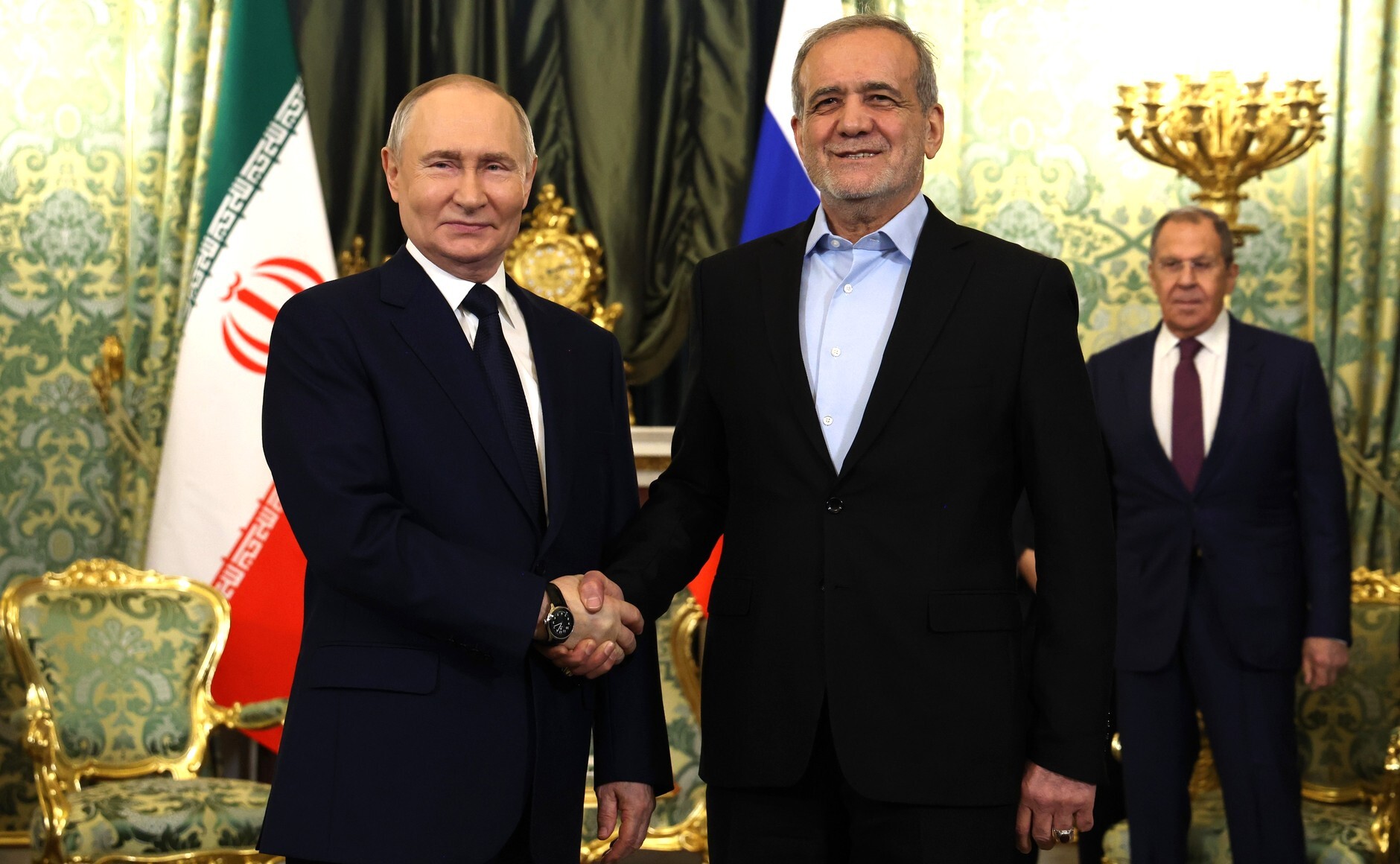How Trump set the date for the Capitol riot, takeaways from the latest hearing
Yesterday’s seventh hearing on the investigation of the January 6 attack on the U.S. Capitol, focused on how Trump used Twitter to incite his followers to march to the Capitol as well as his links with far-right extremist groups and tampering of a witness, among other things. Here are the key takeaways.
The panel argued that a Trump tweet calling for a “big protest” against election results in Washington, DC, on January 6 set the date for various far-right groups to descend on the city and subsequently storm the Capitol.
“Statistically impossible to have lost the 2020 Election,” the tweet said. “Big protest in D.C. on January 6th. Be there, will be wild!”
Democrat Congressman Jamie Raskin said the founder of a website that served as a forum for election fraud claims “confirmed how the president’s tweet created a laser-like focus on the date of January 6”.
The panel then played parts of a video testimony from Jody Williams, owner of the now-defunct thedonald.win website. “After it was announced that he was going to be there on the sixth to talk, yes, then everything else was kind of shut out, and it was just going to be on the sixth,” Williams told the committee.
The committee displayed posts from thedonald.win website telling attendees to bring handcuffs, shields and bats to the January 6 rally.
Donell Harvin, a former top intelligence official for the government of the District of Columbia (Washington, DC), said previously non-aligned groups from the far-right started coordinating together ahead of the January 6 attack.
“All the red flags were up at that point,” said the intelligence official. “We have far-right militia collaborating with white supremacy groups, collaborating with conspiracy theory groups,” Harvin said, calling the coordination a “blended ideology”.
The committee tried to draw a link between far-right groups, the Oath Keepers and Proud Boys, both accused of involvement in the Capitol attack, and Trump and his allies.
They specifically highlighted ties between Trump confidantes Michael Flynn and Roger Stone and the far-right organisations, showing photos and text messages between the two men with members of the groups.
“Any assertion that I knew in advance about, was involved in or condoned any of the illegal actions at the Capitol is false,” the Reuters news agency quoted Stone as saying in an email. “Any claim that I knew from any member of the Proud Boys or Oath Keepers about any plan for illegal activities on January 6th is also false.”
Jason Van Tatenhove, a former national spokesman for the Oath Keepers, described the "radicalization" that he witnessed with the group, and said the country was lucky there wasn't more bloodshed on January 6.
Stephen Ayers, a convicted Capitol rioter who breached the building on January 6, returned to Capitol Hill on Tuesday as a cooperating witness. He explained how he was "riled up" by Trump's speech and never planned to go to the Capitol but was "following what Trump said".
He said because of January 6, he lost his job, sold his house and was a convicted criminal. "It changed my life, not for the good, definitely not for the better," he said. He added that he no longer believes Trump's lies about the 2020 election, but warned that there are millions of people who still do, which poses a threat for future elections.
Vice Chair Liz Cheney, one of two Republicans on the committee, revealed that Trump attempted to contact one of the panel’s witnesses, not yet seen in the hearings, saying that the incident has been referred to the Justice Department.
“Let me say one more time: We will take any efforts to influence witness testimony very seriously.”
Democratic Congressman Jim McGovern, who is not on the panel, stressed that “witness tampering” in a congressional investigation is against the law.
The committee played 14 clips from an eight-hour interview to Pat Cipollone, Trump’s former highest-ranking legal adviser, which highlighted the split that had grown between the two men.
Cipollone's testimony added to the chorus of former Trump aides who have testified to the committee they told the President there was no substantial evidence that the election was stolen from him.
In the clips, Cipollone said he was told by then-chief of staff Mark Meadows that in November 2020 Trump would eventually agree to make a graceful departure, that he believed Trump should concede, and that he argued the proposal for the federal government to seize voting machines was a "terrible idea."
"There's no legal authority to do that," Cipollone said. "There is a way to contest elections. You know, that happens all the time. But the idea that the federal government could come in and seize election machines, I don't understand why I would even have to tell you why that's a bad idea for the country. That's a terrible idea."
There were numerous clips of Cipollone's interview played Tuesday, but he could play an even larger role in next week's hearing that's expected to focus on what was going on inside the West Wing while the Capitol attack occurred on January 6, according to CNN.
More for you
Top Stories


































